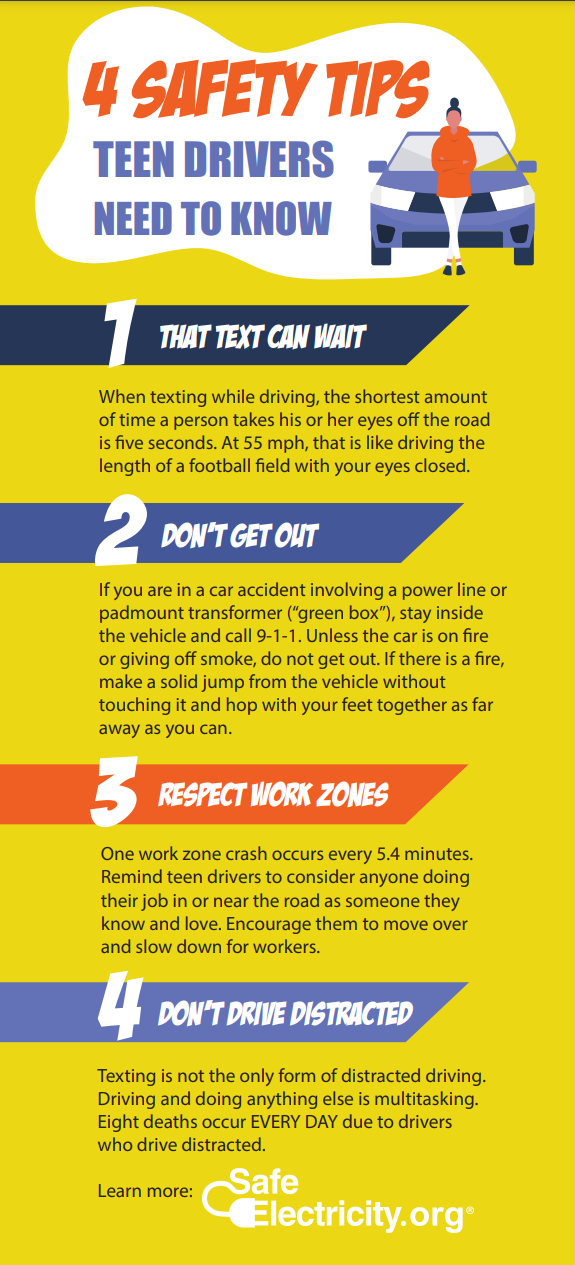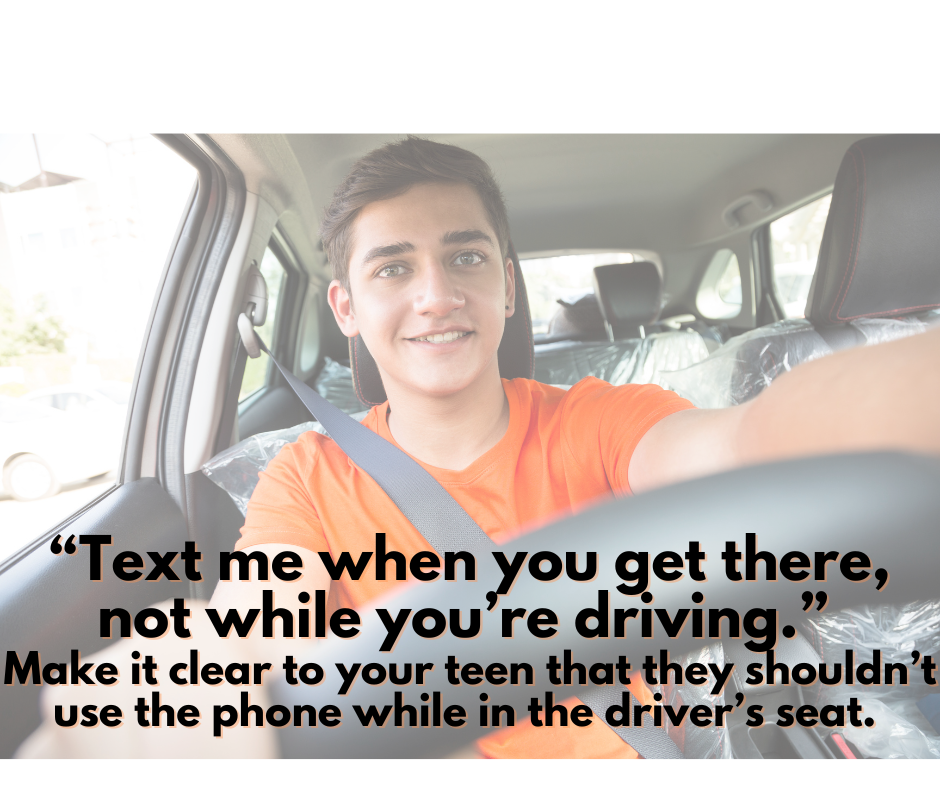Teen Driver Safety
Teen Driver Safety
As a parent, you are in the drivers seat.
Parenting teens can be challenging. While some battles aren’t worth fighting, protecting your teen behind the wheel is.
And although no one wants to think about teens being in car accidents, it does happen. Protecting your teen behind the wheel is crucial due to their inexperience, which makes them more susceptible to crashes. Car accidents are a leading cause of death for teens in the U.S., with the highest risk in the first year of driving. Common hazards include additional passengers, speeding, drowsy driving and using phones.
Distracted driving is a major issue, with 3,308 people killed in distracted-affected crashes in 2022, including 2,613 teens, according to the U.S. Department of Transportation. That’s approximately seven teens per day.
Teen drivers often lack the skills and experience needed to avoid fatal crashes, and distractions such as texting can be particularly dangerous. For example, reading a text at 55 mph is like driving the length of a football field with your eyes closed. For this reason, many states have laws against texting, talking on the phone and engaging in other distractions [.1] while driving.
There are three types of driving distractions to discuss with your teen:
- Visual, when you take your eyes off the road.
- Manual, when you take your hands off the wheel.
- Cognitive, when you take your mind off driving.
To prevent distracted driving, teach your teens (and emulate) these tips:
- Do not text while driving.
- Block texts and keep your phone out of sight.
- Avoid eating while driving.
- Use playlists instead of searching for music.
- Set up navigation before driving or have a passenger navigate.
Teen drivers report pressure from families and friends to use phones while driving. Many drivers continue to use phones even when they are aware of the crash risk. Technology can help avoid cell phone use while driving. Use built-in features on your smartphone or cell phone blocking apps to prevent distractions. For the greatest safety benefit, change your phone settings to block hands-free and calls and text messages.
Stay safe around power lines
Ensure your teen knows what to do if they encounter downed power lines: stay in the vehicle, call 9-1-1 and stay at least 50 feet away from the scene if they witness an accident.
Make sure they realize that downed lines or other damaged utility equipment can look lifeless and harmless yet still be energized. They do not have to be sparking, moving or sizzling (like you often see in movies) to be energized.
For more safety tips, visit SafeElectricity.org and consider downloading a Parent-Teen Driving Agreement from the Centers for Disease Control[.2] and Prevention (CDC).


